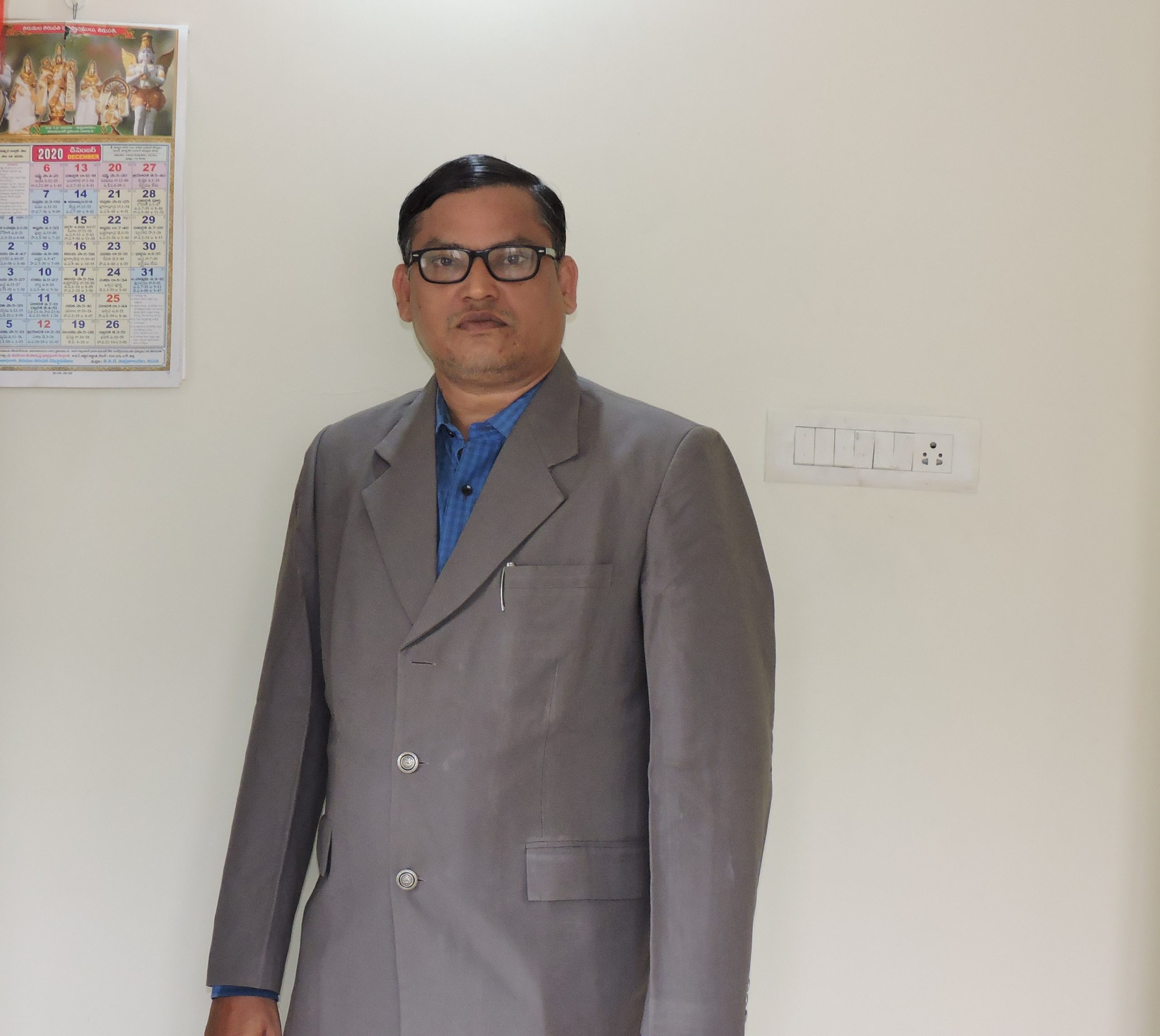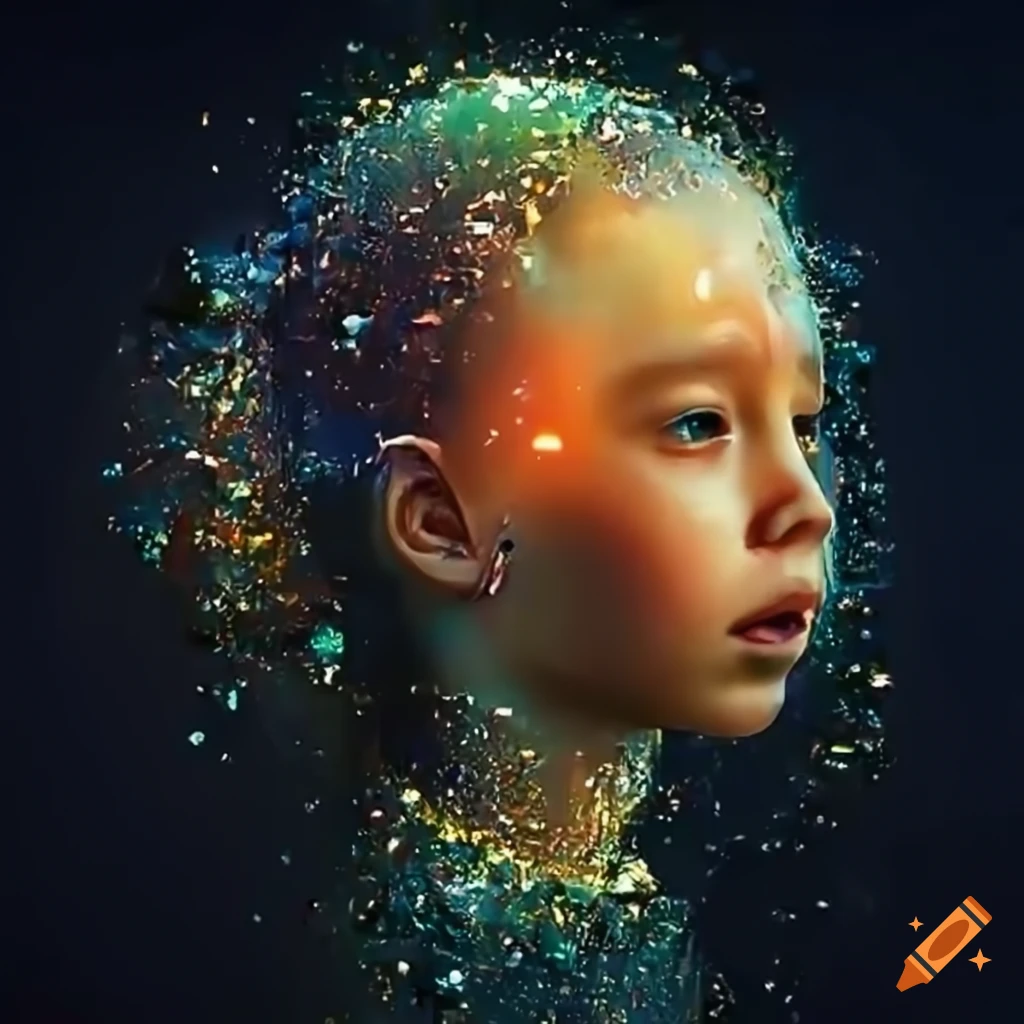Eye Brows Theft: We Are Violating the God’s Orders
By Journo. K.V.R. Prasad, M.J.M.C.,
Yesterday, I received a shocking video from a friend. It showed pictures of cinema actors and their sons looking almost identical. This phenomenon, which I call “identical theft,” raises concerns. As a senior journalist, I recall an incident from my time working as a Police Public Relations Officer. While staying in police quarters, there was a watchman who lived with one wife officially and another wife outside the quarters. The Government of Andhra Pradesh introduced an iris recognition system for issuing ration cards. The watchman took a photo with his official family one day and approached the system with his second wife the next day. The computer system detected his attempt to register twice, revealing his secret. We laughed at his predicament but sympathized with him because he was very poor.
Now, let’s discuss Aadhaar cards. The State Government introduced this advanced system, which records children’s iris scans and adults’ total hand and fingerprint impressions. With a tele-OTP linked to our Aadhaar number, we can approve anything. This is the current situation.
Now, AI and technologies like Deepseek R1 have entered the market, creating different videos that appear as if our children are reborn. This is very dangerous for future generations.
The Rise of Identity Theft in the Age of AI
In an era when technology is advancing at an unprecedented pace, identity theft has taken on a new and alarming dimension. What was once a matter of forged documents or stolen personal information has now evolved into something far more sophisticated—and far more dangerous. The recent emergence of AI-driven deep-seek technology, such as Deepseek R1, has raised serious concerns about the future of identity security and the potential for misuse.
A Shocking Revelation
Yesterday, I received a disturbing video from a friend highlighting a growing entertainment industry trend. The video showcased how some cinema actors and their sons bear an uncanny resemblance, almost as if they were born identical. While this might seem like a trivial observation at first, it raises a deeper issue: the potential for what I would call “identical theft.” This phenomenon, where one’s likeness can be replicated with alarming accuracy, is a growing concern in the age of artificial intelligence.
A Case of Identity Duplication
This issue is not entirely new. During my tenure as a Police Public Relations Officer, I encountered a peculiar case that underscores the vulnerabilities in our current systems. A watchman, employed at a police quarters, was living a double life—he had one wife living with him officially and another residing outside the quarters. When the Government of Andhra Pradesh introduced the Iris system for issuing ration cards, the watchman’s secret was inadvertently exposed. He had his photo taken with his official family one day, and the very next day, he returned with his second wife. The system flagged him as a duplicate applicant, and his secret was revealed. While the situation was met with laughter and sympathy due to his impoverished circumstances, it highlighted a critical flaw in our identification systems.
The Advent of Aadhaar and Its Vulnerabilities
Fast forward to the present, and we have the Aadhaar system—a biometric-based identification method introduced by the Indian government. This system captures iris scans, fingerprints, and other personal data to create a unique identity for each individual. While Aadhaar was designed to streamline services and reduce fraud, it is not without its vulnerabilities. For instance, if someone gains access to your Aadhaar-linked mobile number, they can potentially approve transactions or access sensitive information with just a One-Time Password (OTP). This loophole has made it easier for fraudsters to exploit the system, raising questions about the security of our data.
The Deepseek Dilemma
Now, with the advent of AI technologies like Deepseek R1, the stakes have been raised even higher. Deepseek technology can create hyper-realistic videos that mimic real people with astonishing accuracy. Imagine a scenario where someone creates a deepfake video of your child, making it appear as though they were born identical to someone else. This is not just a theoretical concern—it is a reality that we must confront. The implications are far-reaching, from personal identity theft to the manipulation of public opinion and even the potential for blackmail.
A Call to Action
The rise of deepfake technology poses a significant threat to future generations. As we continue to integrate AI into our daily lives, we must develop robust safeguards to protect against identity theft and misuse. Governments, tech companies, and individuals must work together to create systems that are not only efficient but also secure. We cannot afford to be complacent in the face of such a formidable challenge.
In conclusion, while technology has the power to transform our lives for the better, it also has the potential to be weaponized in ways we are only beginning to understand. The case of the watchman and the rise of deepfake technology serve as stark reminders that we must remain vigilant in protecting our identities and our future. The time to act is now—before it’s too late.





